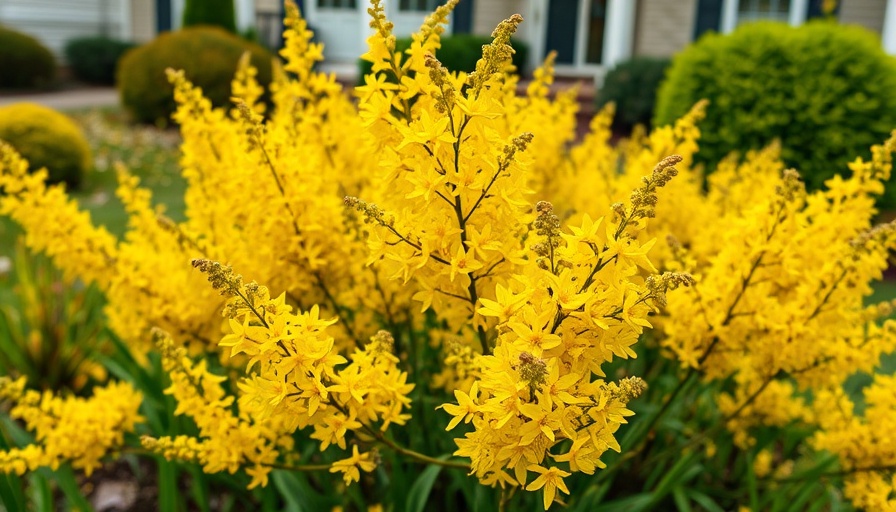
Unlocking the Beauty of Forsythia: A Guide to Propagation
As spring approaches, many gardening enthusiasts eagerly await the vibrant yellow blooms of forsythia, a resilient shrub that heralds the end of winter. Whether you're looking to expand your garden or simply wish to share its beauty with friends and neighbors, propagating forsythia is both rewarding and straightforward. Here are five effective methods to bring more of these sunny shrubs into your outdoor space.
1. Mastering Air Layering for New Shrubs
Air layering is a tried-and-true method that encourages roots to develop while the cutting remains attached to the mother plant. Perfect for seasoned gardeners and enthusiastic beginners alike, this technique requires some patience but yields rewarding results. Start by selecting a healthy stem in early spring, carefully wounding the bark to expose the wood. With a bit of rooting hormone and moisture-retaining sphagnum moss, you'll soon have a rooted cutting ready for planting.
2. Division: A Simple and Effective Method
For those with established forsythia bushes, division is an excellent way to propagate. This method not only increases your plant count but also helps rejuvenate older shrubs. Simply dig around the base of the forsythia, carefully separating sections of roots and stems to create new plants. Replant the divisions in well-drained soil, ensuring they receive proper watering as they establish themselves.
3. Soil-Rooted Stem Cuttings: Getting Straight to the Roots
Taking stem cuttings directly from your forsythia is a quick way to propagate, especially in summer. Select healthy, semi-woody segments, ensuring they are at least six inches long with a few leaf nodes intact. Dip them in rooting hormone and plant them in moist potting soil. Keep the cuttings shaded and watered until roots form and growth starts.
4. Water-Rooted Stem Cuttings: An Easy Indoor Method
For those who prefer to witness the rooting process up close, water-rooting is a fantastic option. Simply place cuttings in a jar of water, ensuring the nodes are submerged. Set them in a bright, indirect light location, and watch for roots to develop over the upcoming weeks. Once adequate roots have grown, you can transfer the young plants into soil to grow further.
5. Tip Layering: Nature Does the Work
Tip layering allows mother nature to assist with the propagation process. By bending and burying the tips of healthy branches into the soil, new shoots will naturally grow roots from the buried section. This technique requires minimal intervention and works beautifully if you have room in your garden to let the shrub spread.
A Word on Seeds: A Less Common Route
While propagating forsythia via seeds is possible, it’s less reliable than the methods mentioned above. Seeds from the fruit produced are typically collected in the fall and require stratification—exposure to cold temperatures—to germinate effectively. Often, gardeners find the propagation methods described yield faster and more consistent results.
The Beauty of Propagation: A Sustainable Journey
Propagating your own plants not only enhances your garden but also promotes a sustainable gardening practice. By multiplying your forsythia, you contribute to a more diverse landscape that supports pollinators and wildlife.
Call to Action: Join the Gardening Community
As you embark on your forsythia propagation journey, consider connecting with local gardening groups or online forums. Share your experiences, ask questions, and immerse yourself in the vibrant community of plant lovers. Happy gardening!
 Add Row
Add Row  Add
Add 




Write A Comment